Toddler teething can disrupt normal life and can be so painful for the kids. While it’s a rite of passage for the kids, here’s what to expect, toddler teething charts, symptoms to look for, the deal with 2 year molars, and toddler teething remedies.

Toddler Teething: What to Expect
Babies usually start teething around 6 months, with some kids starting closer to 3 months and some not getting their first tooth until 12 months, and most kids will have 20 teeth by the time they’re 3. Which means that they get a lot of new teeth during the toddler years!
Symptoms can also range quite widely and it can often be very hard to know when a child is actually teething. There is often discomfort, which can be mild or more severe.
This post should at least give you some baseline information so you can know what to expect from a teething baby or toddler. And ideas for how to soothe those sore gums when you do know they’re teething.
Table of Contents
Your toddler won’t eat? Help is here!
Sign up for our email updates to get tips and ideas sent to your inbox.
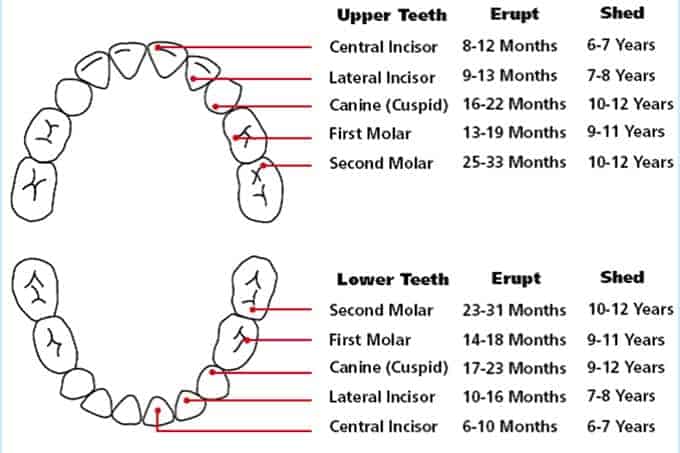
Toddler Teething Chart
Orajel has a great chart that shows when to expect babies and toddlers to get certain teeth in, including front teeth and lower teeth. Remember that this can vary widely from kid to kid, so don’t worry if your child gets certain teeth earlier or later than cousins or friends. Teeth generally emerge symmetrically, so they’ll get the corresponding teeth on the left and right sides at similar times.
What are the symptoms of toddler teething?
A teething kiddo may drool more than normal, be cranky, chew on more objects than normal, and/or have a slight increase in fever. They could have diarrhea or a rash on their chin from excess saliva.
Clearly it can be hard to know when things are normal and not, especially since little kids often put everything into their mouths on normal days!
How do you know if 2 year molars are coming in?
The first molars can start coming in right around a child’s first birthday (13-19 months is the average) and two year molars around the second birthday (25-33 months). Some kids are a total wreck with molars—my first daughter’s first birthday was a total hot mess due to her getting her molars—and some kids get their molars without making a blip (my second kiddo). It’s hard to know what to expect until you’re in it…or past it.
When should I start brushing their teeth?
As soon as a a baby or toddler has teeth, it’s recommended that we start to brush them with a soft brush or baby toothbrush twice a day to help prevent cavities and get tooth decay, and to get into a good routine as they grow.
TIP: You really only need to use toothpaste that’s about the size of a grain of rice.
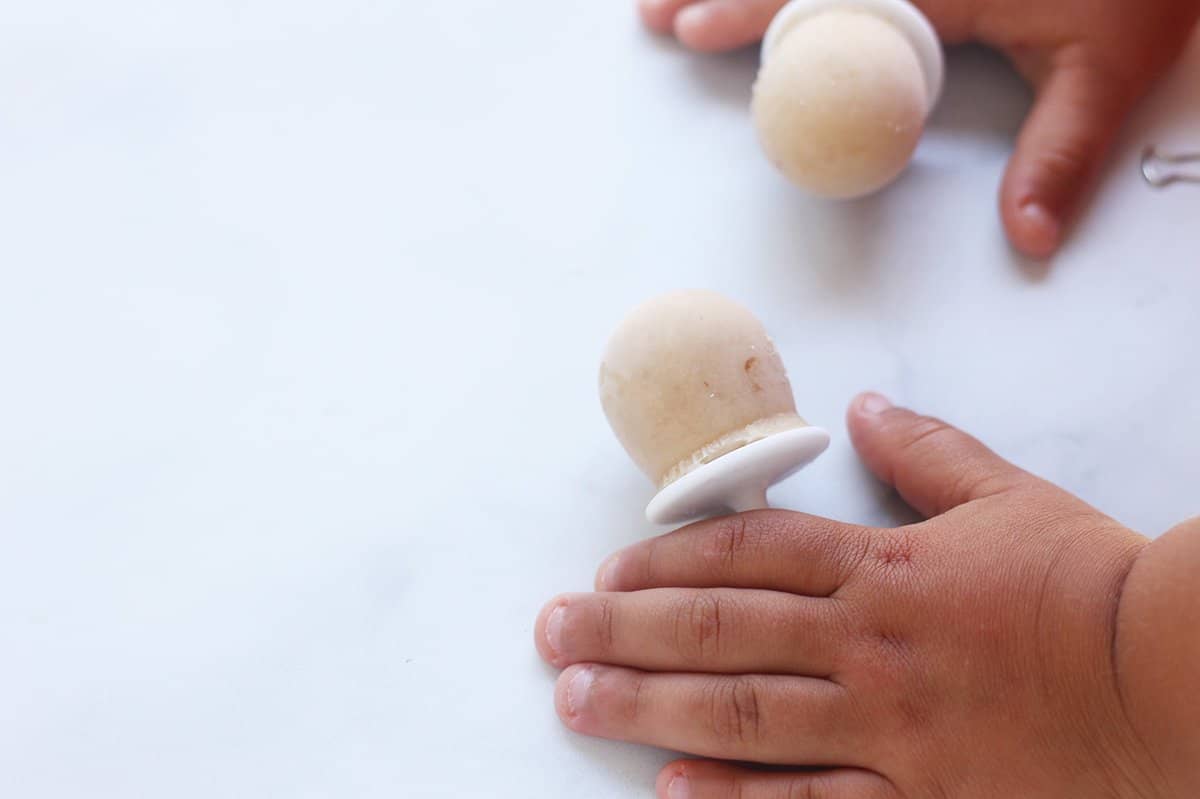
Toddler Teething Remedies
Here are some easy options to help soothe sore gums when you suspect that your kiddo may be getting in a new tooth.
- Rub their gums with a clean finger or clean gauze.
- Offer a cold washcloth for them to chew on.
- Reach out to your child’s doctor about over-the-counter pain relievers such as infant Motrin, Tylenol, Acetaminophen, or teething gels.
- Cold, soft, and easy to eat (or suck on) foods such as popsicles, smoothies, puddings, pastina and more.
- Frozen fruit in mesh feeders.
- Soft, cold foods such as applesauce, yogurt, mashed sweet potato, and cottage cheese.
- Use a cold teething ring.
TIP: Medical experts recommend that you avoid amber teething necklaces and bracelets due to their risk of both being a choking hazard. The Mayo Clinic also advises that we avoid homeopathic teething tablets and gels since some have been found to have more of the ingredients listed on the label and have caused health issues including seizures and breathing difficulties.
Teething Products to Try
These are a few things I have on hand for life with kids that are particularly useful during phases of teething.
- Mesh Feeders: You can put frozen fruit inside as a quick soothing popsicle.
- Mini Popsicle Mold: This mold makes a perfect baby or toddler size popsicle.
- Reusable Pouches: Having at least one pouch on hand to fill with a puree, yogurt, applesauce, or other smooth food can give you more options during teething.
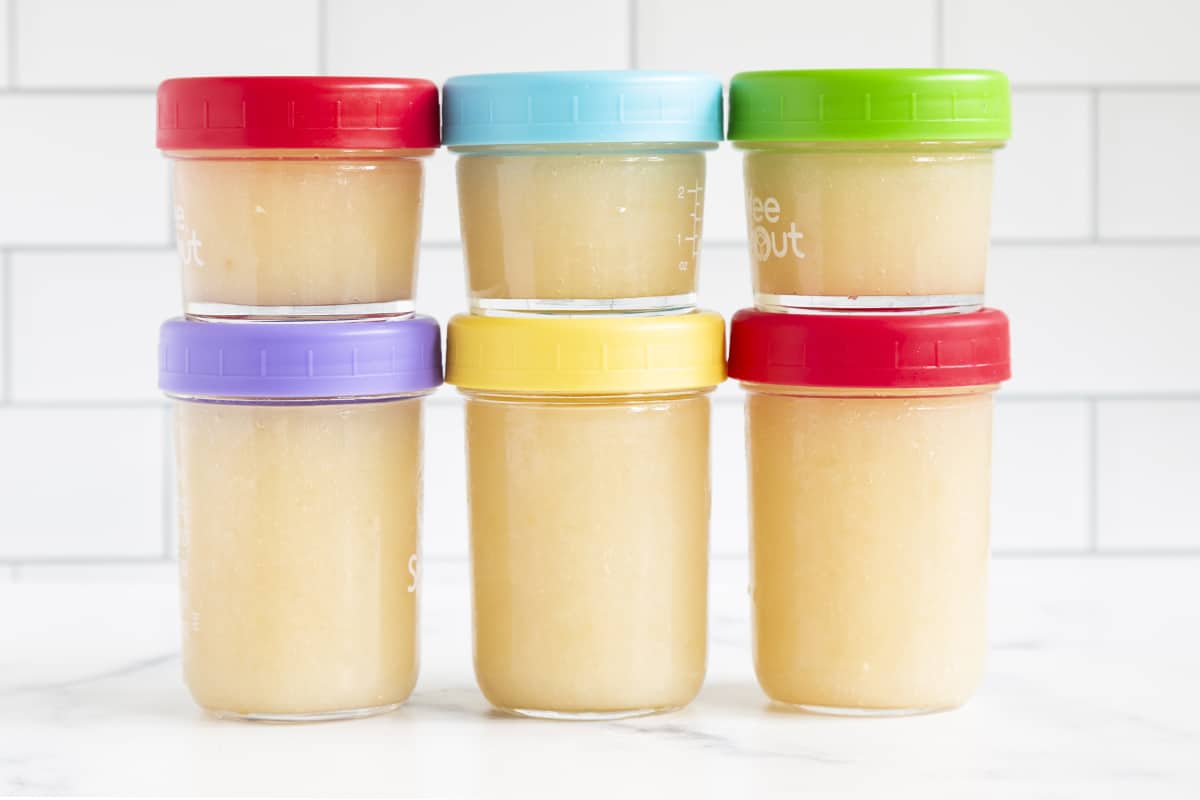
Teething Recipes to Try
Below are some of our favorite easy recipe to help soothe sore gums. There’s a mix here, so choose the one you think your little one may enjoy.
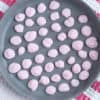

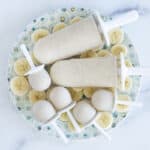
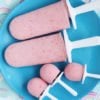
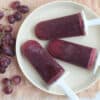
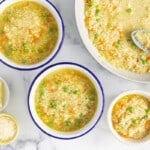
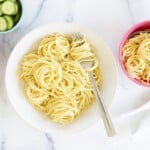
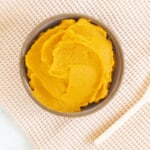
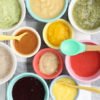
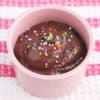
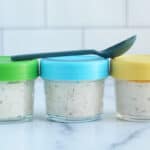
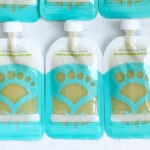
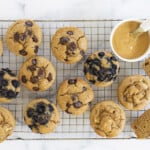
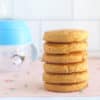
Best Tips for Toddler Teething
- Remember that appetite dips and loss of appetite during teething is very normal.
- Offer cold, soft, and easy to eat (or suck on) foods such as popsicles, smoothies, puddings, pastina and more. Or frozen fruit in mesh feeders.
- Add a bib to a teething toddler or baby who drools a lot.
- Offer lots of extra snuggles and comfort.
- Medical experts recommend that we avoid amber teething necklaces due to their risk of choking.
Related Recipes
What are your go-to teething tips? I’d love to hear so comment below to share.
This post was first published April 2020.
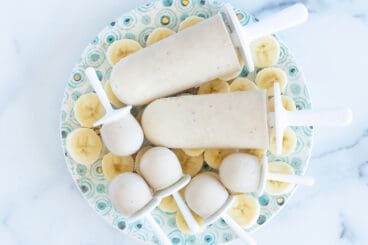
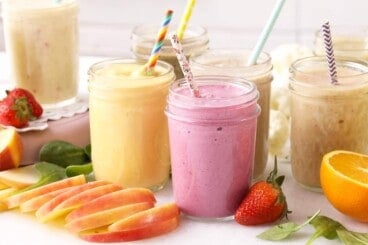
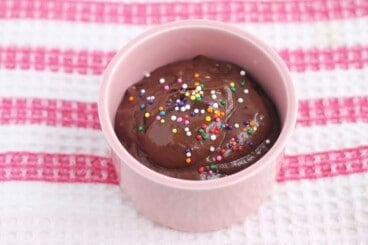
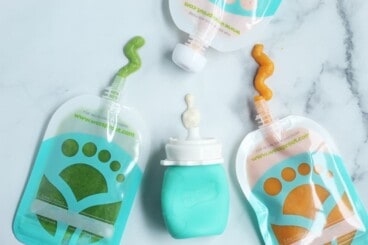



















Toddler teething can be brutal. I remember when my kids were getting their two-year molars in. They were cranky and usually ended up with an ear infection. The molars make them uncomfortable until the tooth breaks through the gums. But for me, the biggest pet peeve during teething was the night waking>. My kids had always been good sleepers but those teeth always wrecked havoc n their sleep schedule.